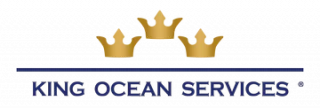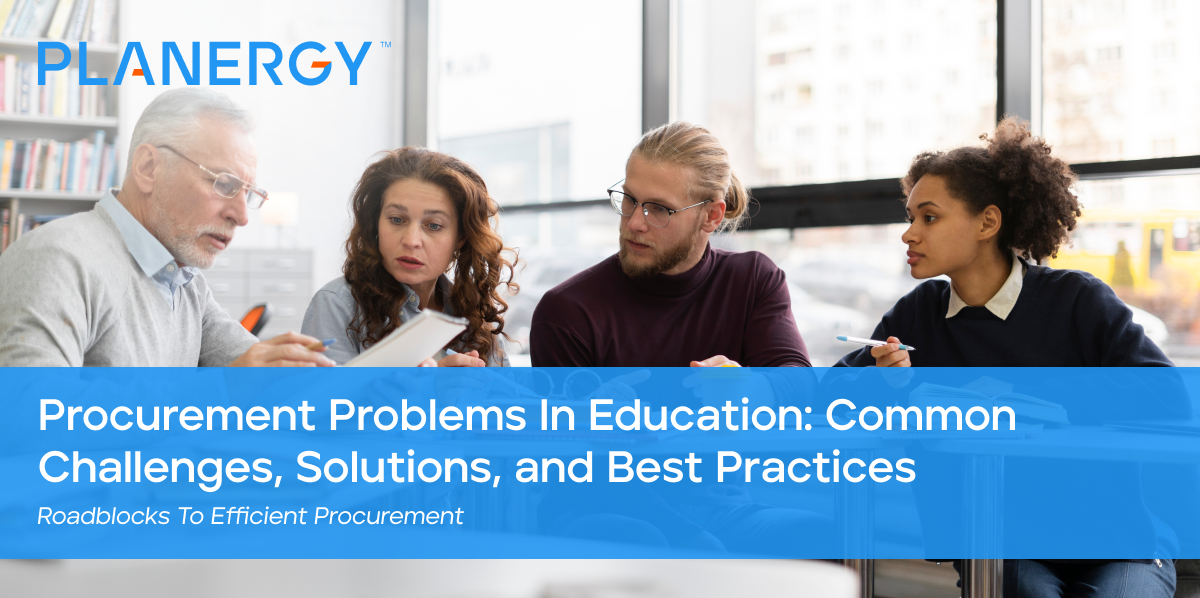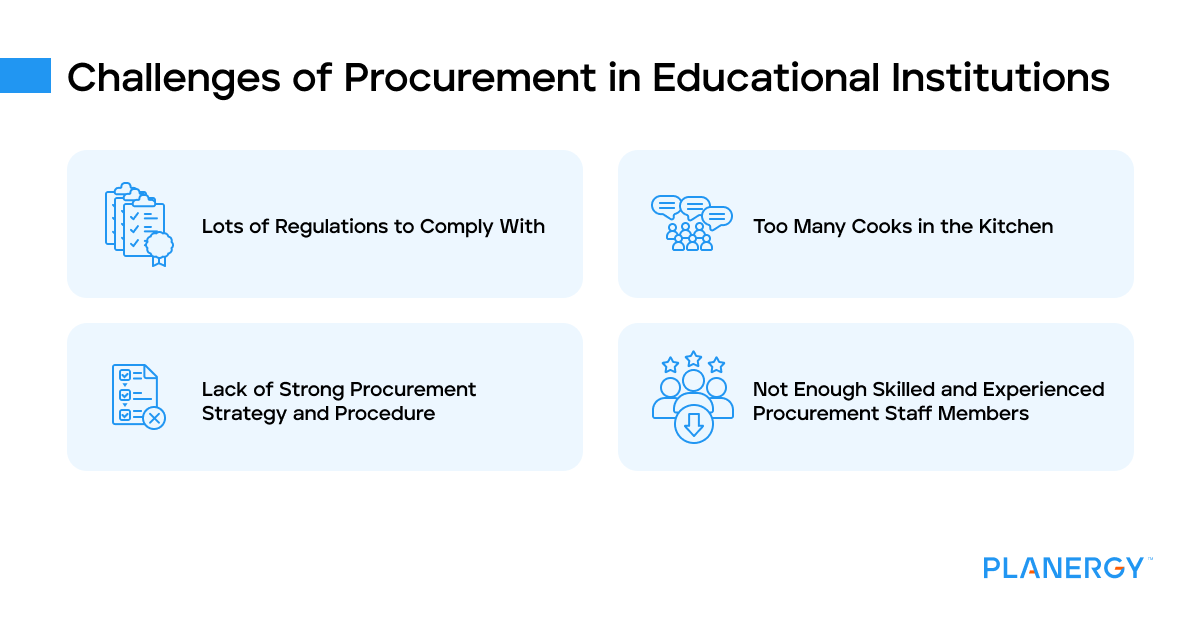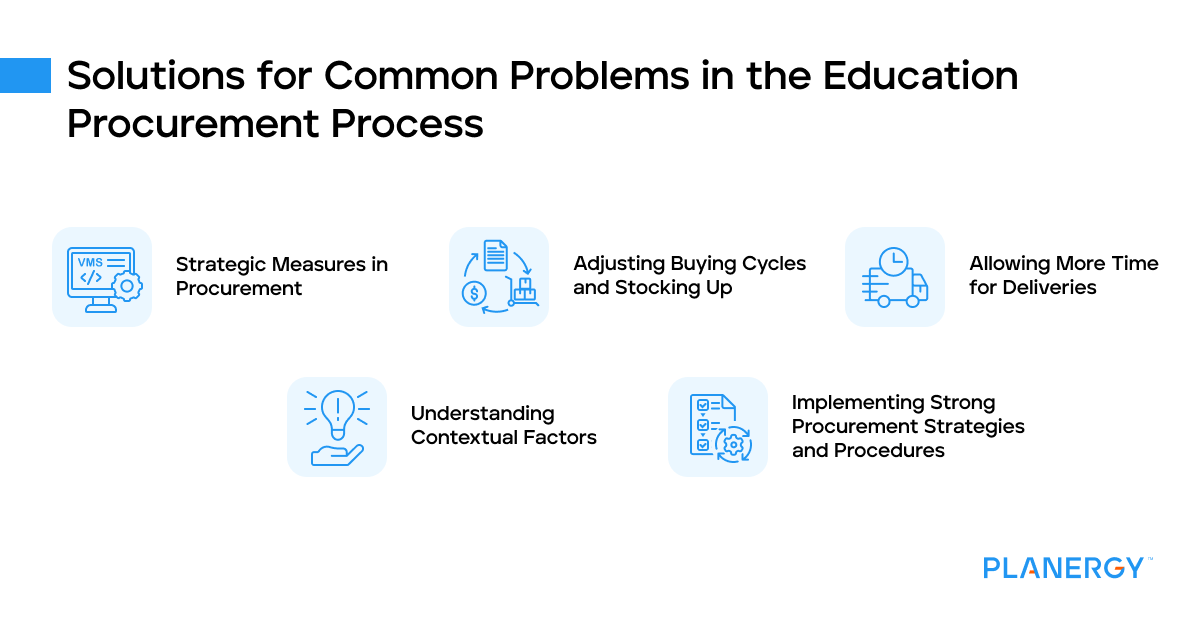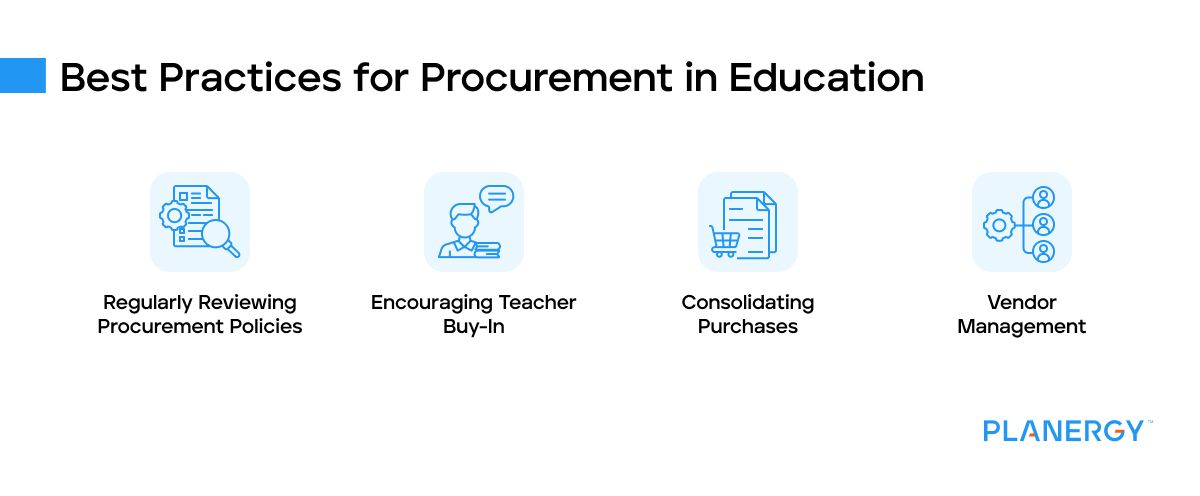Take Strategic Measures to Strengthen Procurement
Proactive planning makes procurement more effective. This includes setting clear policies, managing vendors carefully, and ensuring transparent communication with staff and stakeholders.
But a strategy is only as strong as the tools behind it. Without the right systems, even the best policies are hard to enforce.
Research shows that over 60% of organizations still rely on improvised tools like spreadsheets for supplier management.
That’s why procure-to-pay software is such a strategic investment. It speeds up admin and changes the way schools manage money.
Giving teachers an automated solution for their buying needs gives them back precious time to what matters most, teaching and supporting their students.
Digital tools automate manual tasks, reduce errors, and provide real-time tracking of orders and budgets. They also embed compliance into workflows, so schools meet regulations without slowing down.
By using a procurement platform suited to education, institutions can replace spreadsheets and paper processes with consistent, scalable systems.
Trust in Learning Academies (TiLA) is a Multi-Academy Trust managing multiple schools in England. Their adoption of PLANERGY’s Spend Management platform shows the impact.
By digitizing approvals across all schools, TiLA moved to a 100% digital approval process, removing paper entirely and ensuring every purchase was pre-approved against budgets.
Adjusting Buying Cycles and Stocking Up
Procurement isn’t just about what schools buy; it’s also about when they buy.
Poor timing leads to higher prices, supply shortages, and wasted budgets. Strategic purchasing means aligning orders with market conditions, consolidating demand, and planning ahead for recurring needs.
A common scenario is bulk purchasing text books or paper during off-peak periods, with an agreement for the supplier to deliver to schools throughout the year. This way, the trust secures bulk-buying discounts without incurring extra storage or distribution costs.
Procurement software makes this easier by linking purchase orders to budgets and providing visibility across departments.
Schools can spot patterns, adjust buying cycles, and stock up on high-use items before prices rise or supplies run short.
TiLA put this into practice with centralized purchase order management. Every order was tied to budgets and tracked in real time, giving leaders full visibility into spend.
Allow More Time for Deliveries
With potential disruptions in the supply chain, schools may need to factor in more delivery time when making purchases.
By planning ahead and allowing for possible delays, schools can ensure they receive the necessary goods and services on time.
Understand the Contextual Factors in Education
Understanding the problems teachers are trying to solve and the contextual factors that influence these problems leads to more effective procurement.
The needs of a science lab differ from those of a music department, and IT spending looks nothing like catering.
Without understanding these differences, those making procurement decisions risk buying low-quality substitutes that don’t meet real classroom needs.
Procurement software makes this possible, capturing requirements from different departments while still enforcing centralized oversight.
Decentralizing controls in this way offers flexibility, but it’s most powerful when combined with full spend visibility at MAT level.
Central oversight ensures data from every school is captured, making it possible to spot duplication, identify when one school is paying more than another, and consolidate spend with single suppliers to unlock additional savings.
TiLA showed how this works in practice. Teachers and non-finance staff were able to order directly through PunchOut integrations with suppliers like Amazon, KCS, and ESPO. TiLA gave each department flexibility to get exactly what it needed, while retaining oversight of all spend.
Implement Strong Procurement Strategies and Procedures
Procurement works best when schools follow clear, consistent procedures. Without them, purchasing becomes reactive and fragmented, leading to overspending and delays.
Strong strategies create order: they define how needs are identified, how suppliers are chosen, and how contracts and payments are managed. They also ensure a structured tendering process is followed, increasing transparency and accountability.
Procurement software reinforces these strategies by standardizing workflows. From supplier onboarding to digital approvals and invoice matching, every step follows the same rules.
This consistency reduces errors, speeds up purchasing, and makes compliance automatic.
For multi-academy trusts, strong procurement also means looking beyond individual schools and leveraging economies of scale. Centralizing purchasing decisions at the trust level with GAG pooling allows resources to be allocated more effectively across schools.
This approach supports smarter budgeting in MATs and academies, ensuring funds align with strategic priorities rather than being fragmented across separate budgets.
TiLA’s experience is proof of the impact. By embedding a structured processes with PLANERGY, the trust doubled the number of schools managed without increasing finance staff.
As their CFO, Drw Cannon explained, “with PLANERGY, we can grow without worrying about capacity. The system scales effortlessly.”
